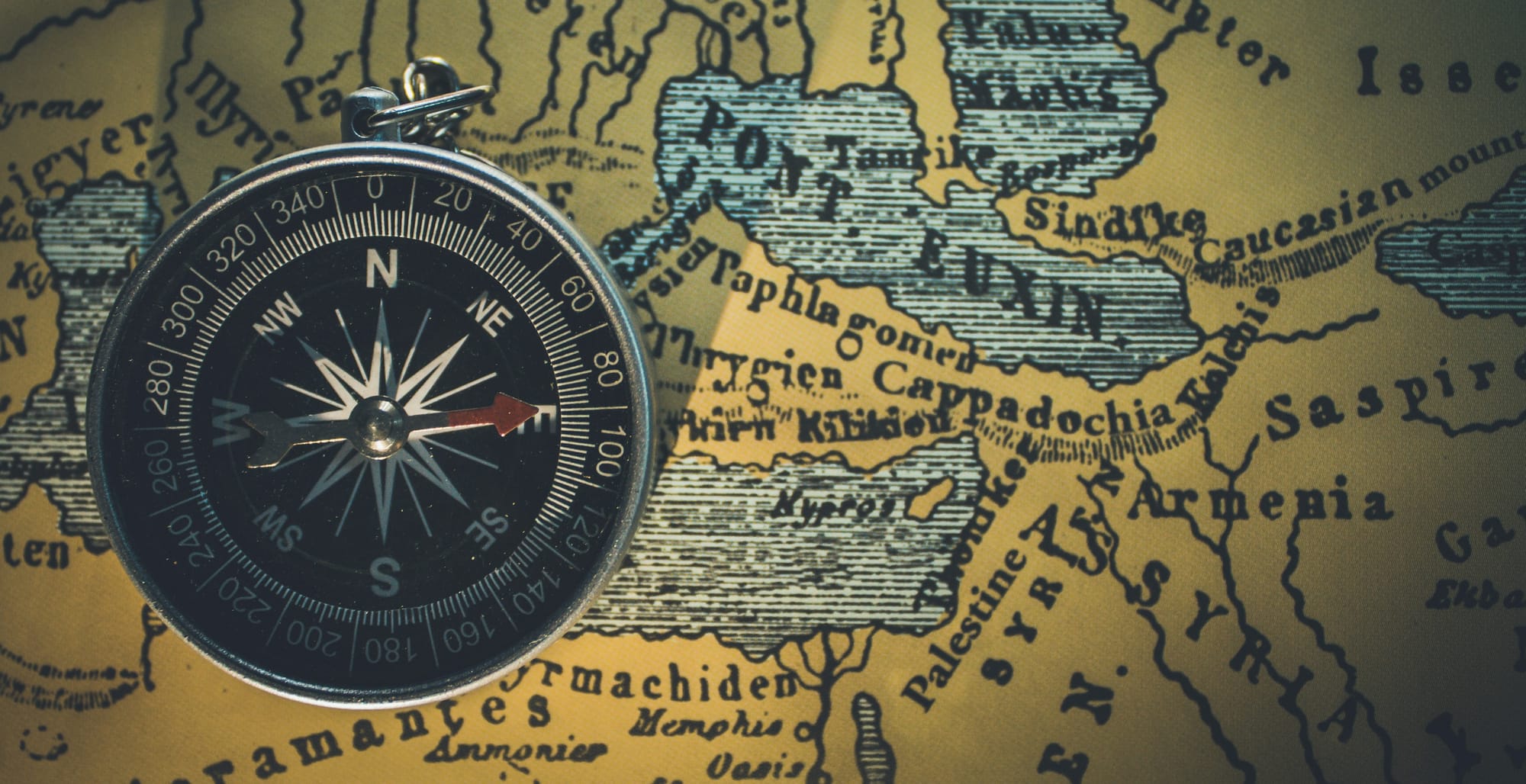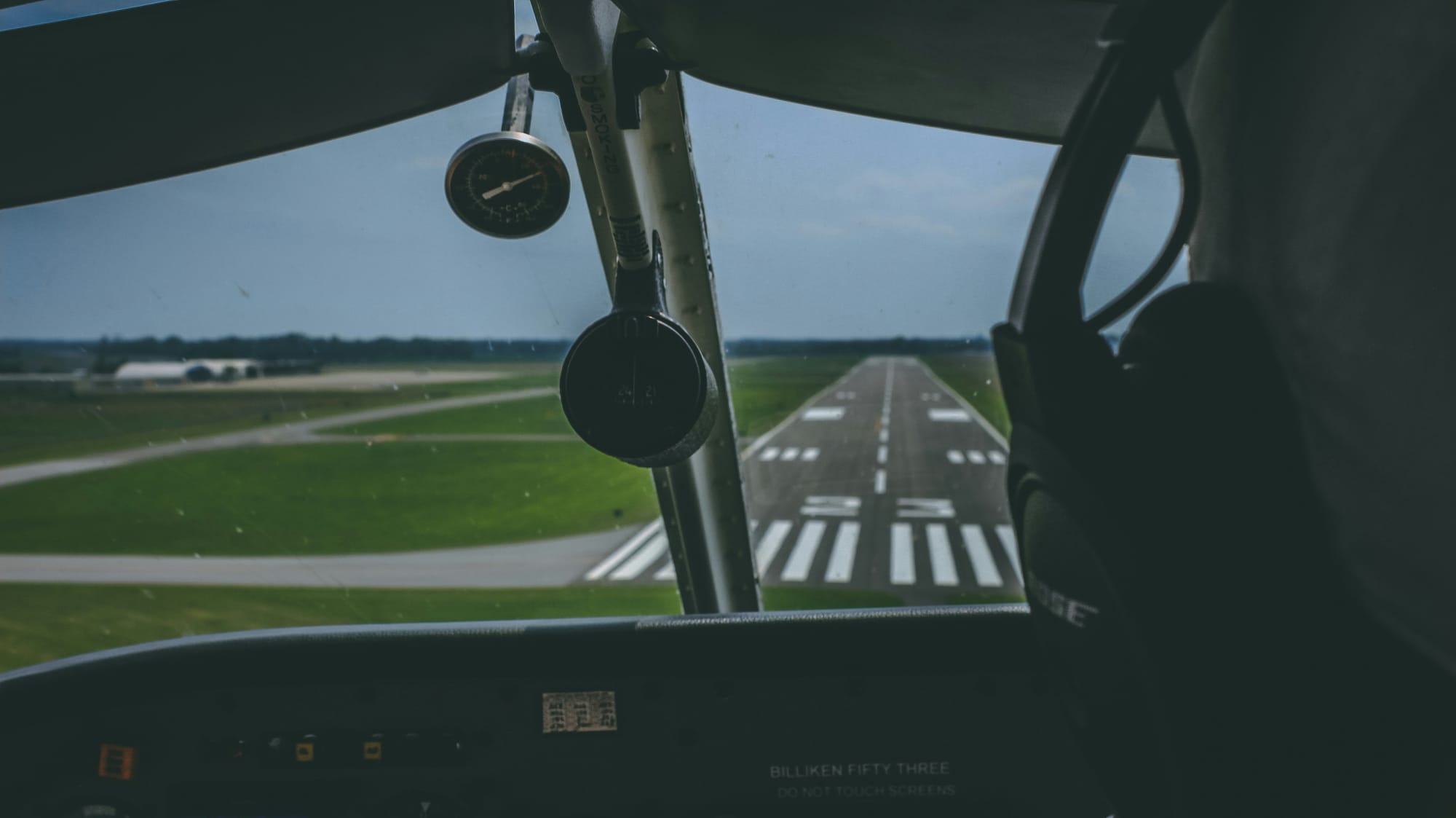How Runway Numbers Work and Why They Change

Runway numbers are often overlooked details of aviation that carry essential information for pilots and play a critical role in the safe operation of aircraft. While seemingly simple, runway numbers are governed by complex rules rooted in geography, magnetic variation, and operational safety. To many, these numbers may just appear to be a part of the infrastructure, but to pilots and air traffic controllers, they are indispensable. In this article, we’ll explore how runway numbers work, why they occasionally need to change, and the impact of these changes on airport operations and navigation.
How Runway Numbers Are Determined

Runway numbers are primarily derived from their orientation relative to the Earth's magnetic north. Each runway is assigned a two-digit number based on its magnetic heading, rounded to the nearest 10 degrees. The number is then divided by 10 to give a final designation. For instance, if a runway has a magnetic heading of approximately 90 degrees, it will be numbered “09.” If it is oriented toward 270 degrees, it will be numbered “27.”
Because runways are used in both directions, they are given two numbers, one for each approach. Runways aligned with 90 degrees on one end will be designated “09” and “27” on the opposite end. Similarly, a runway oriented towards 180 degrees in one direction will be marked “18” and “36” for the opposite direction. Since 360 degrees marks a full circle, it’s customary to use “36” instead of “00” for runways pointed due north.
Runways are also marked with a letter if there are multiple runways aligned in the same direction. In these cases, they are assigned the letters "L" (Left), "C" (Center), or "R" (Right) to help pilots differentiate between parallel runways. For example, at Los Angeles International Airport (LAX), which has two pairs of parallel runways facing east and west, the runways are numbered 24L, 24R, 25L, and 25R.
Why Runway Numbers Change

While runway numbers are generally stable, they do change periodically to account for shifts in the Earth’s magnetic field. This phenomenon, known as magnetic variation or magnetic declination, causes the magnetic poles to move gradually over time. As a result, the magnetic headings of runways shift slightly, and runway numbers need to be adjusted to reflect this change when it becomes significant.
A shift in magnetic heading doesn’t necessarily require an immediate change in runway numbering. In fact, airports typically wait until the magnetic shift is substantial—typically around five degrees—before they consider renumbering. This minimizes the disruption to airport operations while ensuring that runway numbers remain accurate and reliable for pilots.
The renumbering process can be an extensive undertaking, involving not only physical re-marking of the runways but also updating aviation charts, signage, and guidance systems. Because runway numbers are used in navigation aids and radio communications, air traffic controllers, pilots, and ground crews need to be thoroughly briefed on these changes to avoid any confusion or safety risks.
Real-World Examples of Runway Number Changes

Several airports worldwide have undergone runway renumbering in recent years. For instance, in 2009, London Stansted Airport renumbered its main runway from 23/05 to 22/04 to accommodate changes in magnetic variation. Similarly, Tampa International Airport in Florida changed the designation of several runways in 2011, shifting Runway 18L/36R to 19L/01R, among other changes. In 2017, Seattle-Tacoma International Airport also adjusted its runway numbering, changing Runway 16L/34R to 17L/35R.
In each case, the renumbering process was planned meticulously to avoid disruptions. The changes are typically scheduled during low-traffic times to reduce the impact on flights. By coordinating with pilots, air traffic control, and airport ground services, airports ensure that the renumbering process proceeds safely and smoothly.
The Importance of Accurate Runway Numbers

Runway numbers serve as critical references in both visual and instrument-based navigation, ensuring that pilots land and take off on the correct runways in all weather conditions. For instance, pilots rely on precise runway numbers when executing approaches in low visibility, where visual cues are limited. A small mistake, such as heading for the wrong runway due to an outdated number, could result in a dangerous situation.
Updated runway numbers are also essential for maintaining accurate airport navigation charts and flight management system databases, which are used by pilots to plan and execute their routes. By staying aligned with magnetic headings, airports help ensure that every aspect of flight operations—from takeoff and landing to ground maneuvering—remains safe and efficient.
Final Thoughts
Runway numbers may seem like small details in the world of aviation, but they play a pivotal role in ensuring safe and accurate flight operations. By designating runways based on magnetic orientation, airports provide pilots with the essential data they need to navigate and operate their aircraft safely. As magnetic poles shift, the regular updating of runway numbers keeps these systems aligned with the reality of our planet’s changing magnetic fields.
While it may seem like a minor inconvenience, the process of renumbering a runway is a reminder of the constant changes and adaptations required in aviation. From runway numbering to flight paths and navigation systems, every detail in aviation is carefully managed and periodically updated. These adaptations showcase the industry’s commitment to safety, precision, and constant improvement, ensuring that the skies remain a reliable and safe space for everyone.





